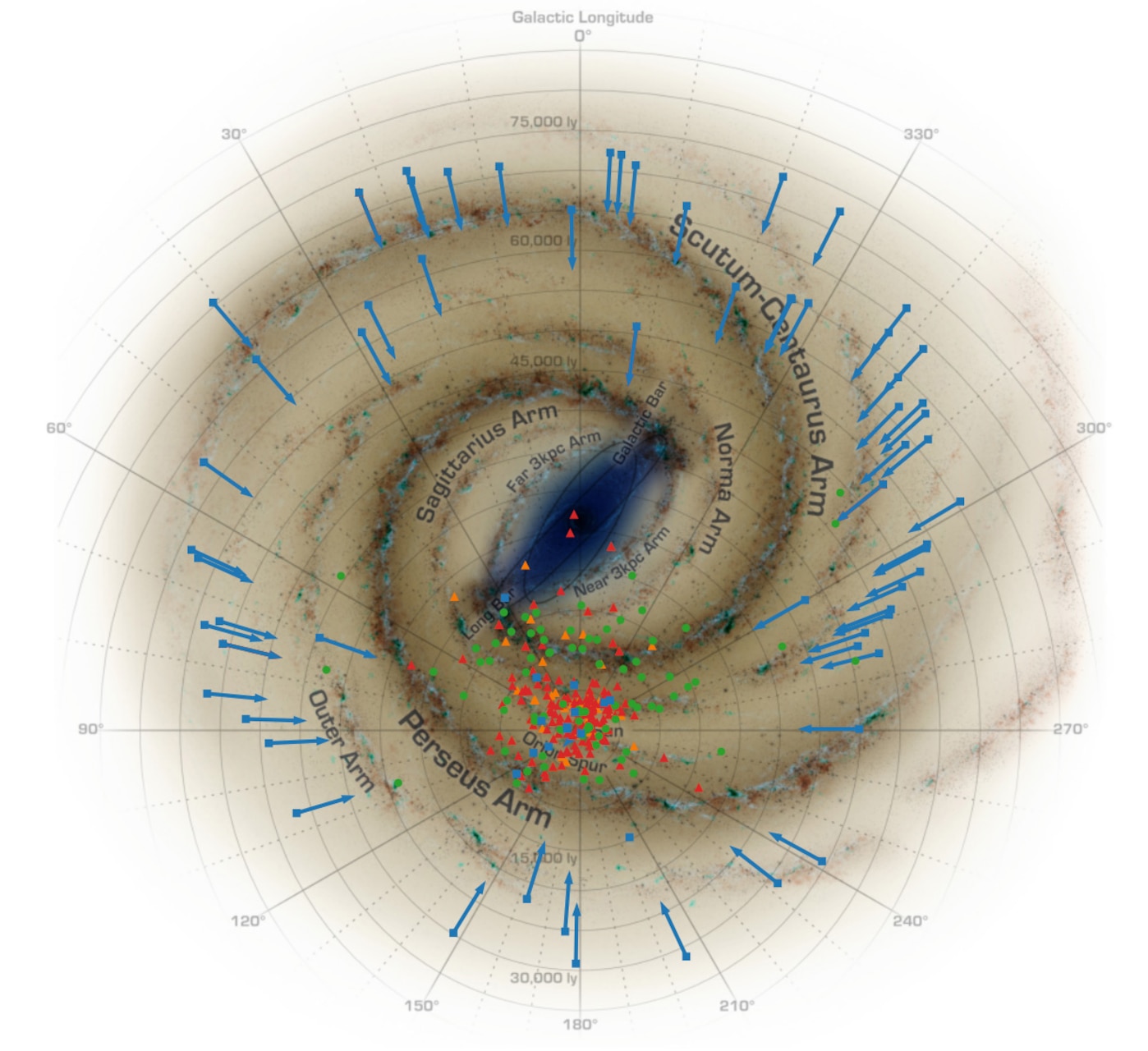
Strong interactions between subatomic particles like electrons occur when they are at a specific energy level known as the van Hove singularity. These interactions give rise to unusual properties in quantum materials, such as superconductivity at high temperatures, potentially ushering in exciting technologies of tomorrow.
Research suggests topological materials that allow electrons to flow only on their surface to be promising quantum materials. However, the quantum properties of these materials remain relatively unexplored.
A study co-led by Nanyang Asst Prof Chang Guoqing of NTU’s School of Physical and Mathematical Sciences identified two ty...
Read More









Recent Comments